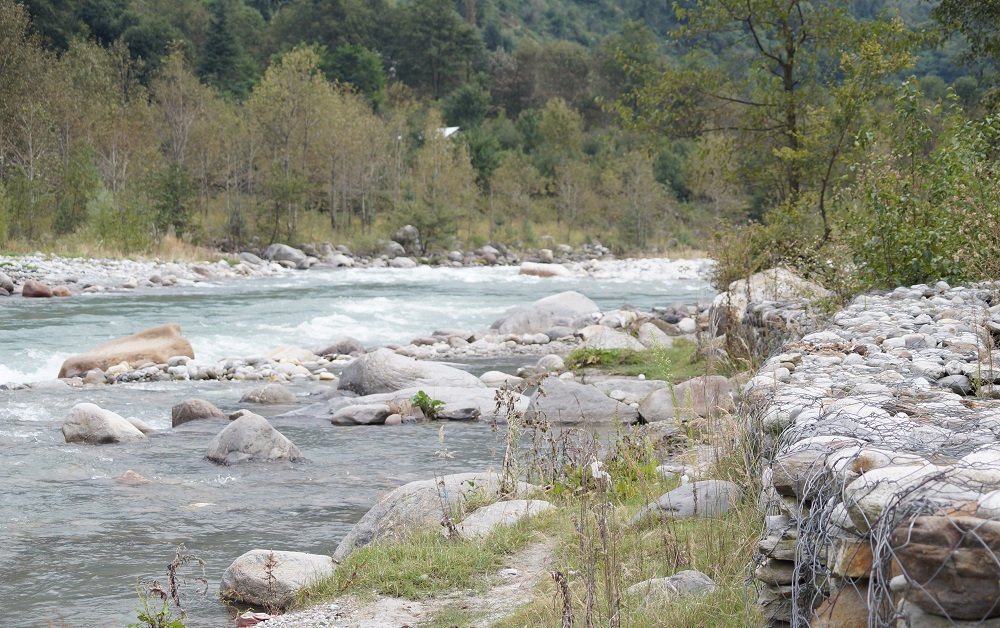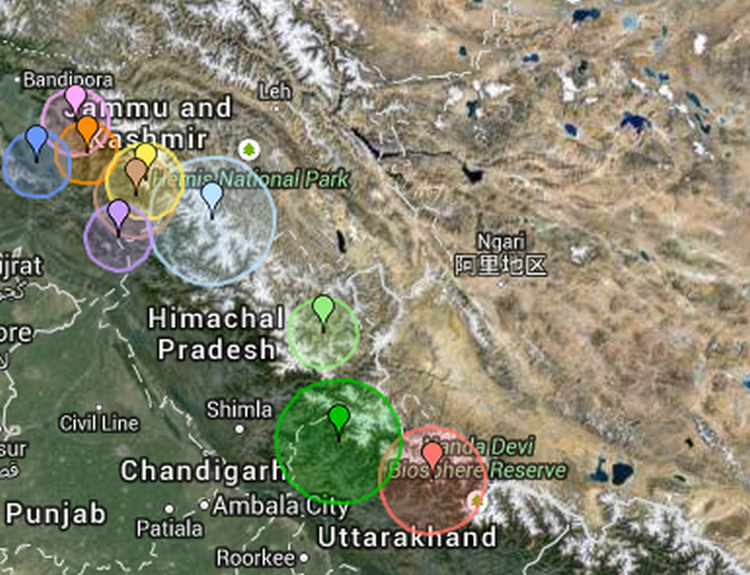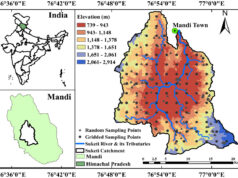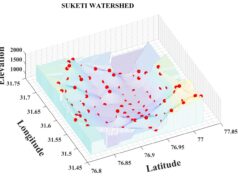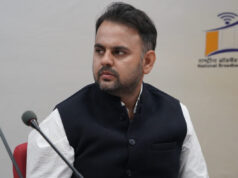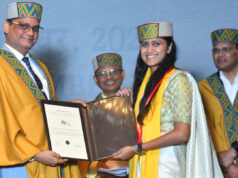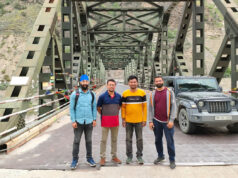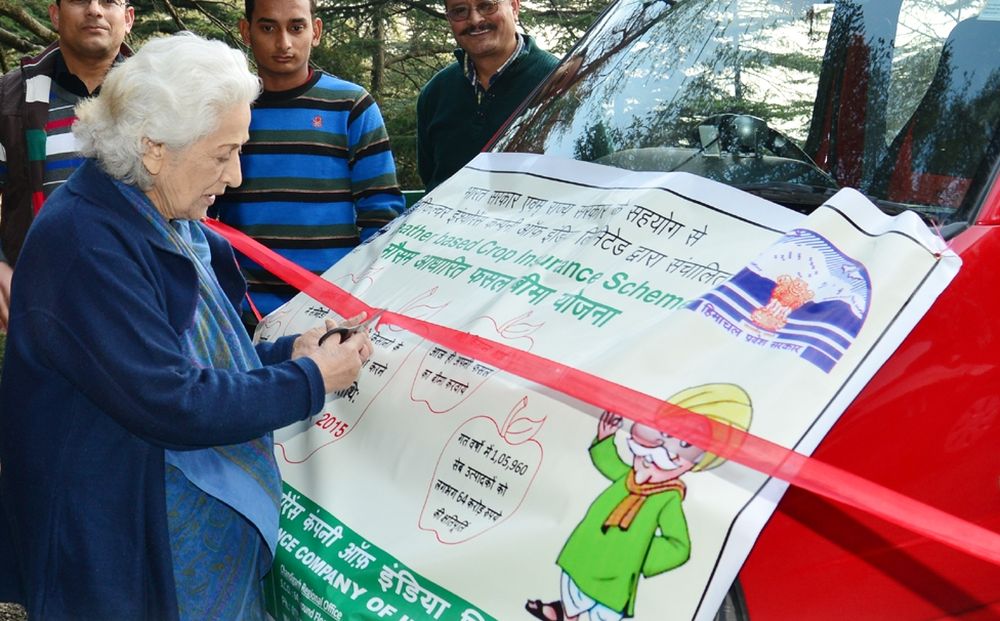The computer application developed by the researchers using computational model to detect blight in potato leaf images. IIT Mandi now working on converting the developed tool to a smartphone application for a more practical usage
Mandi: Scientists from the Indian Institute of Technology (IIT) Mandi, have developed a computational model for automated disease detection in potato crops using photographs of its leaves.
A research team led by Dr. Srikant Srinivasan, in collaboration with the Central Potato Research Institute, Shimla, uses Artificial Intelligence (AI) techniques to highlight the diseased portions of the leaf.
Blight is a common disease of the potato plant, that starts as uneven light green lesions near the tip and the margins of the leaf and then spreads into large brown to purplish-black necrotic patches that eventually lead to rotting of the plant. If left undetected and unchecked, blight could destroy the entire crop within a week under conducive conditions.
“In India, as with most developing countries, the detection and identification of blight are performed manually by trained personnel who scout the field and visually inspect potato foliage,” explained Dr. Srinivasan. This process, as expected, is tedious and often impractical, especially for remote areas, because it requires the expertise of a horticultural specialist who may not be physically accessible.
The computational tool developed by the IIT Mandi scientists can detect blight in potato leaf images. The model is built using an AI tool called mask region-based convolutional neural network architecture and can accurately highlight the diseased portions of the leaf amid a complex background of plant and soil matter.
In order to develop a robust model, healthy and diseased leaf data were collected from fields across Punjab, U.P and Himachal Pradesh.
“Analysis of the detection performance indicates an overall precision of 98% on leaf images in field environments,” said Dr Srinivasan.
Following this success, the team is sizing down the model to a few tens of megabytes so that it can be hosted on a smartphone as an application. With this, when the farmer will photograph the leaf which appears unhealthy, the application will confirm in real-time if the leaf is infected or not. With this timely knowledge, the farmer would know exactly when to spray the field, saving his produce and minimising costs associated with unnecessary use of fungicides.



